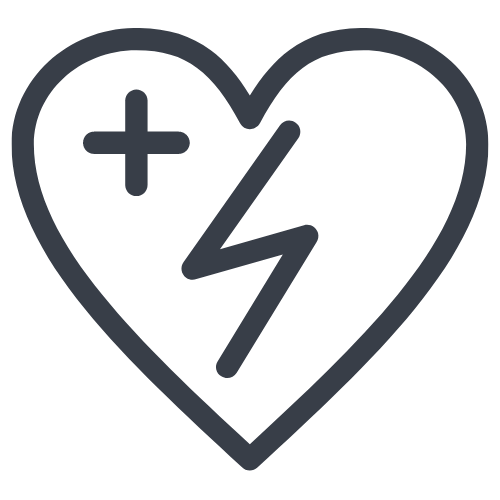Every year, over 300,000 people suffer from out-of-hospital cardiac arrest (OHCA) in Europe. Only 8–10% survive. In case of a sudden cardiac arrest, the time to treatment is of foremost importance. Without treatment, the survival rate drops 10% for every minute in cardiac arrest. However, if early cardiopulmonary resuscitation (CPR) and/or automatic external defibrillators (AED) are used within the first 3-5 minutes, survival rates can double.
What is an AED?
An AED, or automated external defibrillator, is a device used to help a person experiencing cardiac arrest (also known as a heart attack). They can analyse a person’s heart rhythm, and if necessary, give an electrical shock to help re-establish a normal, effective heart rhythm. They can be used by members of the public – often before emergency services have arrived at the scene.
Who can use an AED?
What makes AEDs effective is they can be used by anyone, even citizens who have no medical training. This means that bystanders can offer effective defibrillation when there are not medically trained personnel around and until an ambulance arrives.
Why do we need to know where AEDs are located?
In the case of a cardiac arrest, minutes can literally mean the difference between life and death. Research has shown that for every minute a person in cardiac arrest does not receive defibrillation treatment, their chances of survival decrease by 10%.
That is why many emergency response organisations use AED registries and maps to locate the AED closest to the scene of an incident. That way, when a bystander calls 112, the answering PSAP (call-taker) can give them the location of the nearest device: allowing witnesses to assist a cardiac arrest victim by providing CPR and defibrillation, until emergency services arrive, and significantly increase chances of survival.
AED devices also need maintenance, including battery changes. Mapping these devices allows for the timely upkeep or replacement of any needed parts.
What are some of the issues facing AED registries and maps?
There are several obstacles when it comes to AED mapping.
Presently, European countries have different ways of mapping AEDs. National legislations vary from absence of any restriction to strict regulations establishing that only those who successfully accomplished a BLSD (Basic Life Support & Defibrillation) course are allowed to use an AED. A lack of Europe-wide cohesion adds a layer of complexity to the use of AEDs.
The software used to register and map AEDs must also have a number of features. The AED registry/database must also be populated with information and kept up to date. It must be able to accurately identify the closest AED device to the caller, it must take into account the opening hours of the premises where the device is located in, it should include instructions on how to reach the AED in large buildings and it must not interfere with any software used to receive emergency calls. Call handlers must be trained to give clear and effective instructions to AED users.
The physical visibility of the AED itself – and whether in-person usage information is available in multiple languages – can also hamper efforts.
What is EENA Doing on the issue?
EENA advocates for and raises awareness of being able to quickly locate AEDs.
Our master document on AED mapping has just received a 2023 update. Read ‘AED Mapping and Emergency Response: 2023 Update’ here.
Our document ‘Using AED-Equipped UAV to enhance cardiac arrest response‘ report explains the current status in Out of Hospital Cardiac Arrest (OHCA) and how the Everdrone Project in Sweden is helping in the OHCA response. In addition, this report includes a series of considerations and recommendations on how this case could be replicated in other regions within Europe.
When a person suffers a cardiac arrest, citizen first responders can play a crucial role. This document – Citizen Response to Cardiac Arrest – explores how volunteer responders can be engaged to save lives.
We have held several panels at our conferences on AED mapping (including our 2023 conference, 2022 conference and our 2019 conference).
A number of our EU funded projects also focus on the importance of AED mapping, including the Galileo for AEDs project (the findings of which can be seen in our webinar).
EENA's Recommendations
We have a number of recommendations on the use of AED and AED mapping, which can be explored further in our documents. In summary:
- AED provision should be installed in as many places as possible, particularly in crowded areas and places with higher incidences of OHCAs (such as sports venues)
- Public authorities should ensure that anyone is allowed to use an AED
- Authorities should develop a registry which maps all the publicly available AEDs. This registry should be promoted to the population and used by PSAPs.
- All the population should be trained on how to perform CPR.
- Awareness of AEDs should be raised by all stakeholders, as well as accurate information on how to locate and use them
- All new AEDs should geo-locate themselves and share their data with local online databases
- AED Owners should follow the maintenance plan of their devices and keep the device information always accurate on the registry
- Emergency services should define how to use AED registries and maps during emergency calls involving OHCA (out-of-hospital cardiac arrests) and train their personnel on the procedures to follow
- Establishing citizen responder programmes is encouraged as a measure to increase the use of AEDs in OHCA
Increase the public’s knowledge on performing resuscitation procedures, the use of AED registries and devices
CPR Training
As well as having easy access to an AED, it is important that citizens are trained on how to perform CPR (cardiopulmonary resuscitation). It gives citizens the potential to save lives in their community. CPR does not require the use of any medical devices and is the first action performed by bystanders when assisting a victim of cardiac arrest. It is used alongside AEDs to give victims the best chance of survival.
You can read more about the importance of CPR training in our blog.
Citizen responder programmes
In order to combat the low use of AEDs, many countries and regions have created volunteer responders’ systems. Emergency medical call centres (EMCC) can dispatch registered volunteers via their mobile phones to take part in immediate resuscitation in their vicinity. These volunteers are trained in AED usage and CPR, and are aware of the location of AEDs in their area.
There is a wide variety of volunteer responders’ systems, introduced between and even within European countries. Volunteer responders’ systems in some forms are available in nearly 50% of all European countries.
For more information on these volunteer responders’ systems, read our document on Citizen’s Response to Cardiac Arrest.

